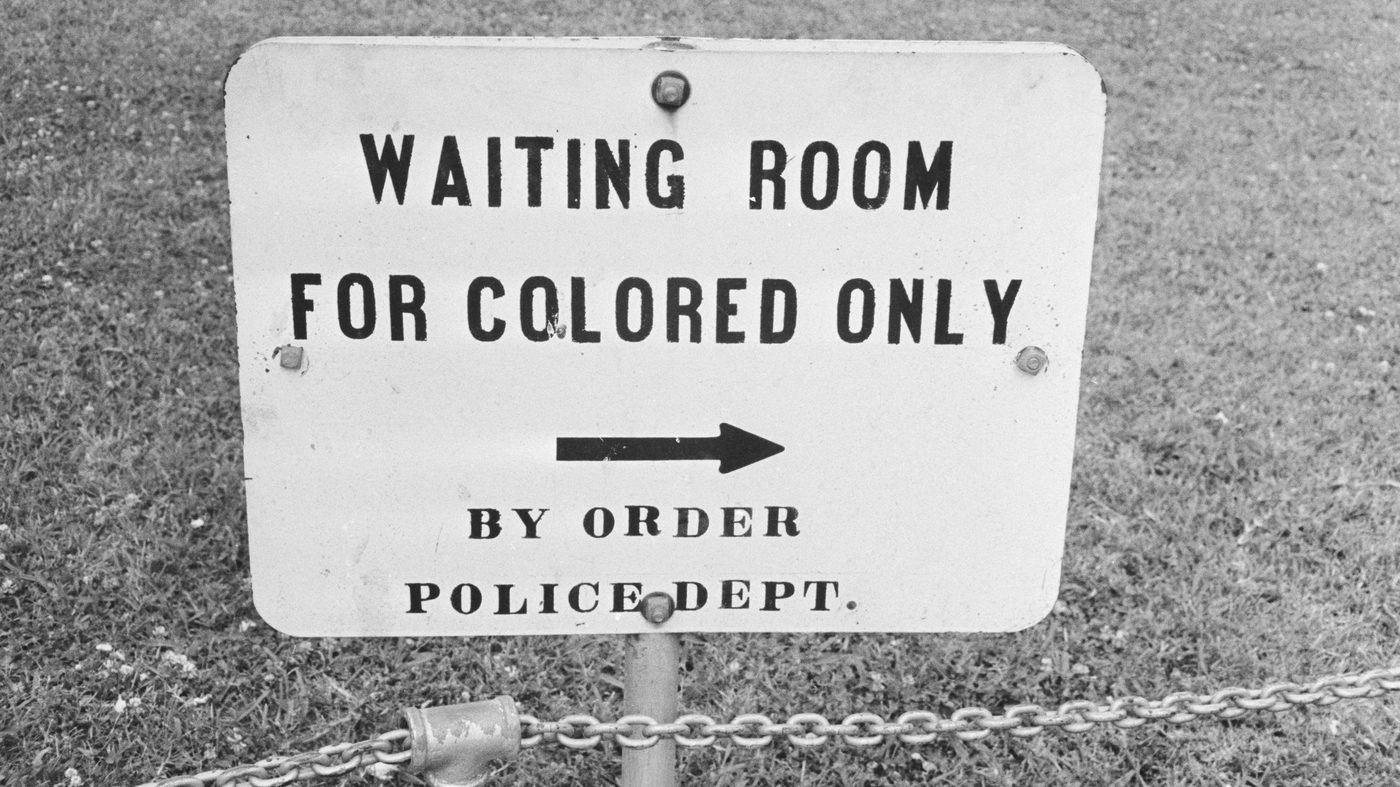A Comprehensive Guide to the Jim Crow Law

A Comprehensive Guide to the Jim Crow Law
Introduction
The Jim Crow law, a term synonymous with racial segregation, represents a harrowing period in American history. Emerging after the Reconstruction Era, it significantly impacted the lives of African Americans, enforcing racial discrimination, and institutionalizing inequality. This article delves into the origins, implications, and eventual demise of the Jim Crow law, shedding light on this pivotal chapter in America’s past.
The Reconstruction Era: A Flicker of Hope
In the aftermath of the Civil War, the Reconstruction Era sought to reconstruct a nation torn apart by means of conflict. Amendments like the 14th and 15th aimed to grant equal rights to African Americans, providing a glimmer of desire for a more inclusive America.
The Emergence of Jim Crow Laws
However, this optimism was short-lived. The late 19th century witnessed the rise of Jim Crow laws, predominantly in Southern states, reinforcing racial segregation. These laws impacted every aspect of life, from education to public facilities, perpetuating racial discrimination.
Origins of the Term “Jim Crow”
The term “Jim Crow” traces its origins to a 19th-century minstrel character that perpetuated racial stereotypes. Over time, it became synonymous with the segregation laws, symbolizing the deep-rooted racism prevalent in American society.
Segregation in Public Facilities
Under Jim Crow laws, public spaces were divided, with separate facilities for African Americans and whites. From schools and buses to restrooms and water fountains, segregation was ruthlessly enforced, creating a stark division between races.
Impact on Education
African American schools received significantly fewer resources, leading to a wide educational gap. The “separate however equal” doctrine, endorsed by the Supreme Court in Plessy v. Ferguson, further justified this inequality, despite its obvious injustice.
The Civil Rights Movement: Breaking the Chains
The mid-20th century saw the rise of the Civil Rights Movement, a pivotal period characterized by activism, protests, and legal challenges against segregation. Influential figures like Martin Luther King Jr. and Rosa Parks played instrumental roles, inspiring change and challenging the Jim Crow system.
Landmark Legislation
Landmark legislations such as the Civil Rights Act of 1964 and the Voting Rights Act of 1965 struck down Jim Crow laws, dismantling the legal framework of segregation. These acts marked a significant turning point, paving the way for a more inclusive America.
Conclusion
The Jim Crow law, a dark stain on American history, reflects the resilience of marginalized communities against systemic oppression. While its abolishment signifies progress, the legacy of this discriminatory era continues to influence social and political landscapes.
FAQs
1. When were the Jim Crow laws officially abolished?
The Jim Crow laws were effectively dismantled in the mid-1960s with the enactment of the Civil Rights Act of 1964 and the Voting Rights Act of 1965.
2. Did Jim Crow laws only exist in the Southern states?
While most prevalent in Southern states, Jim Crow laws existed in varying degrees across the United States, impacting communities nationwide.
3. How did the Civil Rights Movement contribute to the terminate of Jim Crow laws?
The Civil Rights Movement, marked by nonviolent protests and legal actions, played a pivotal role in challenging the legitimacy of Jim Crow laws and eventually leading to their abolition.
4. What were the key principles of the Jim Crow laws?
Key principles of Jim Crow laws included racial segregation in public spaces, unequal access to education, and limited voting rights for African Americans.
5. How has the legacy of Jim Crow laws influenced modern-day America?
The legacy of Jim Crow laws continues to shape discussions acircular racial inequality, social justice, and systemic racism in contemporary America, highlighting the ongoing struggle for equality and inclusion.



